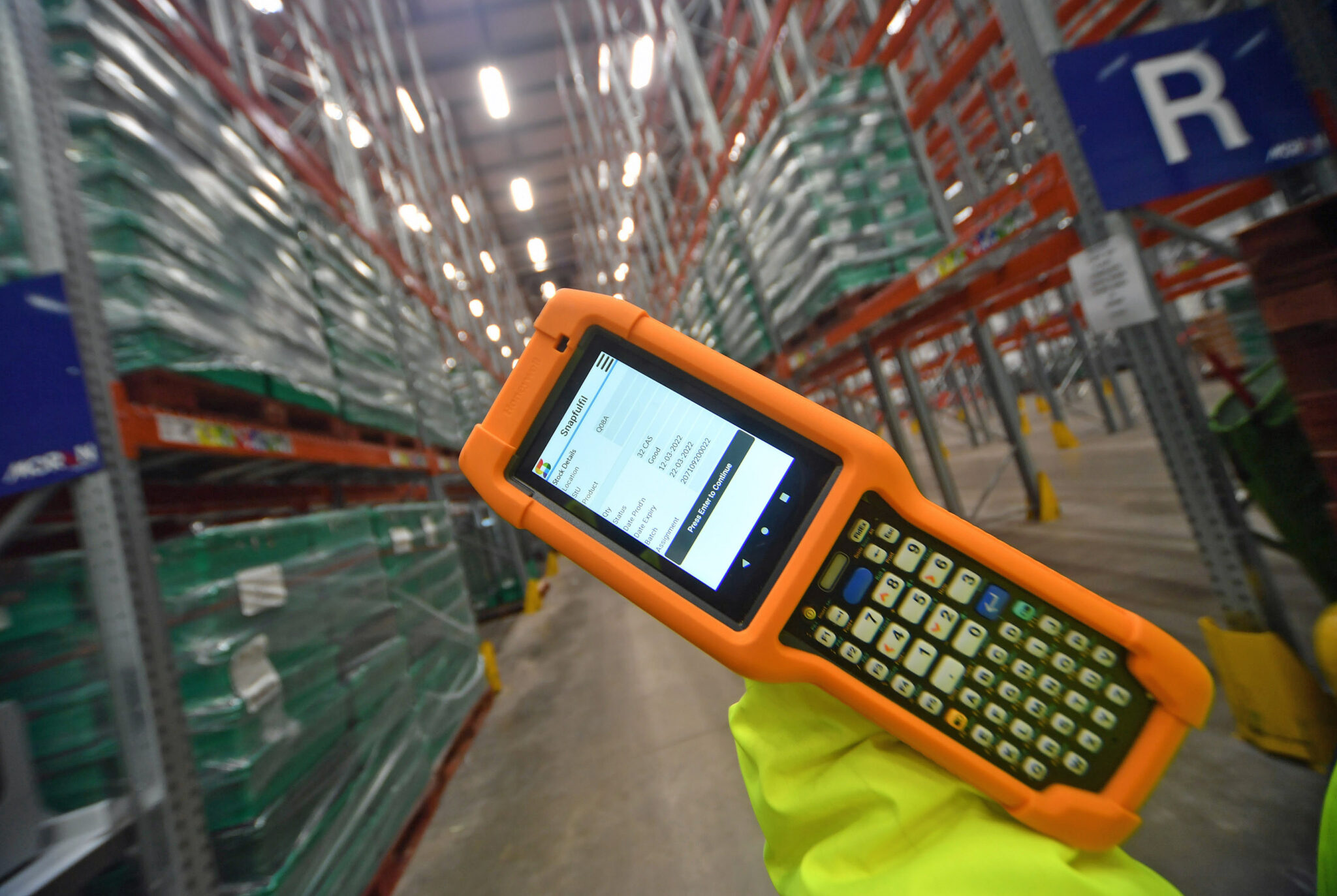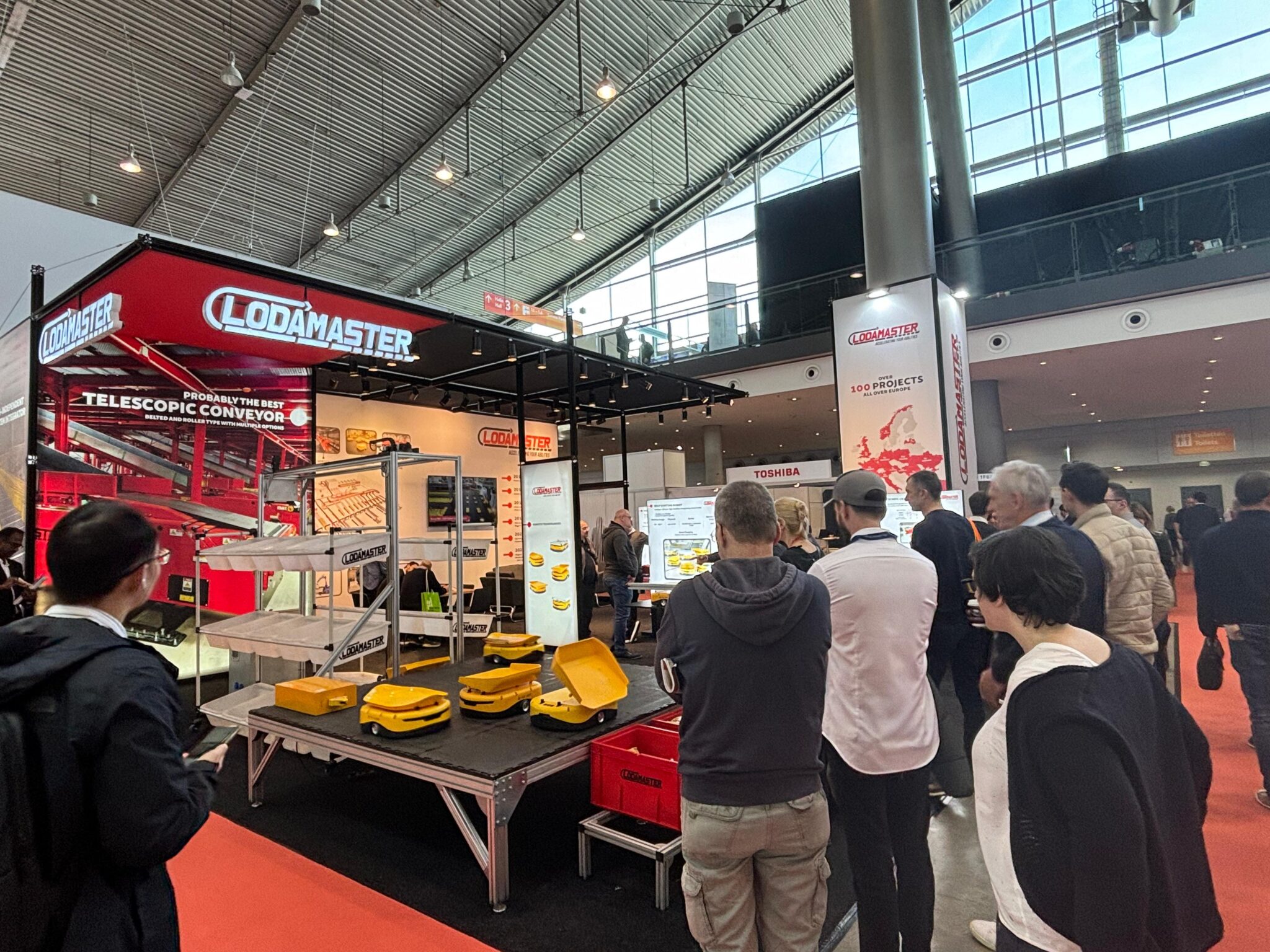Today, consumers across the UK are facing a cost of living crisis. As a result, many retailers and supermarkets are striving to keep their costs down, so that they can avoid passing these onto shoppers. Within this, one area that is increasingly under scrutiny for many organisations surrounds how to improve supply chain efficiency. This is taking place at all levels across the supply chain – from “Farm to Fork”. Additionally, farmers, fresh produce producers and the large multiples are all facing increasing pressure to improve their food provenance tracking and traceability efforts, as they manage the sale and distribution of goods to consumers.
Across the world, there are effective systems for labelling that have been created to encourage this to take place. Today the responsibility for implementing these, including label printing, falls predominantly with the grower or supplier. Neil Baker, Head of Auto ID Sales for Northern Europe, BIXOLON Europe GmbH provides his insights about how farmers and fresh produce suppliers can work more effectively with supermarkets to improve efficiency throughout this entire process.
Protecting farmers, producers – and supermarkets
In 2018 British supermarkets faced scrutiny from the UK’s Grocery Code Adjudicator for profiteering at the expense of their suppliers. At the highest level, supermarkets were reportedly fining suppliers for several reasons, including barcodes that were not compliant with their own systems. Since then, the UK Grocery Code Adjudicator stepped in to protect these producers and suppliers, and has encouraged the likes of Tesco, Asda, Morrisons and the Co-Op to improve their understanding of the Groceries Supply Code of Practice (GSCoP).
Fast forward to 2023, 10 Downing Street hosted a UK Farm to Fork Summit. During this summit, the UK government announced that £12.5 million is being made available to support research projects that promote environmental sustainability and resilience on farms – and a working group to bring together plant breeders, food manufacturers and retailers, to agree an approach that enables products to reach consumer shelves. It also pointed out that many farmers are taking advantage of an available £168m million grant funding, that supports investments in productivity, animal health and welfare and the environment (Section 3). Further, it announced that farmers should be paid a fairer price for produce, and new powers have been introduced through the Agriculture Act 2022 to support the sector further (Section 4).
Additionally, it has decided to further endorse the important role of the Groceries Code Adjudicator (GCA) and its efforts in ensuring fairness in the UK food supply chain (Section 4). This role sees the GCA act as an independent regulator, ensuring that designated retailers and supermarkets treat their direct suppliers lawfully and fairly – while ensuring compliance with its Groceries Supply Code of Practice. This has many goals, and is trying to combat variations in supply agreements, supply chain procedures, and ensure faster and fairer payments for all. Ultimately, while much of its code serves suppliers, all parties concerned would benefit from familiarising themselves with it, as it would ensure that everyone operates cohesively too.
Enabling transparency and traceability
Another important piece for all parties to consider, as they strive to work together effectively, is how to enable the supply chain efficiency and transparency that is required to achieve the traceability and tracking requirements that supermarkets and various governments require today. This is where working with the likes of standards bodies, like GS1, to implement GS1 Standards can help. GS1’s standards, frameworks and coding systems enable retailers, farmers and fresh produce suppliers to track and record all the necessary information that enables traceability to occur accurately and digitally. While they are not technology providers, they provide the knowledge and framework for how to standardise on a system that works.
Take this scenario, a farmer delivers a pallet of apples to a large supermarket chain. As part of a commitment to label produce effectively, the farmer places a 1D code – a barcode – on the pallet. This label links back to a digital, backend infrastructure that contains essential tracking and traceability information about the provenance of his apples. When linked effectively between suppliers – through a GS1 framework, for instance – supply chain transparency and traceability across the board becomes powerful. Farmers, fresh produce suppliers, retailers and supermarkets alike are increasingly appreciating the value of this.

Assuming the label on the pallet hasn’t been compromised and is legible, it can be scanned by warehouse operatives who can ensure the pallet moves to the next phase in its journey to the store shelf. Along each stage, labels and their barcodes are used to carry and convey information, and direct the flow of goods towards the shelf – and, eventually, the consumer’s shopping basket. Therefore it is crucial that the entire value chain adopts an appropriate digital system, that standardises around a proven framework, such as that proposed by GS1.
Producing labels and barcodes of a high quality
Naturally it stands to reason that an appropriate digital backend infrastructure underpins this entire process for farmers, fresh produce firms and retailers alike – and, all tied to an important barcode. However, it’s no good if a label that is printed with a code on it – be it a 1D or a 2D code – is not of sufficient quality. While the GCA has clamped down on previously poor practices by supermarkets, it is important for all parties concerned to strive for operational excellence. For some parties, this might involve improving their supply chain, packaging and labelling policies, and for others it might just be that they need to familiarise themselves further with these policies when working with various organisations across the value chain. What is clear, though, is that when it comes to the printing of labels by suppliers, it is important that industrial label printing technologies print high quality legible labels. Moreover, do they appreciate their responsibilities and the policies set by supermarkets?
While there are many printing technology providers available in the market, it’s important to really consider a long-term investment in proven technology here. Often organisations make the mistake of buying “cheap”. They buy cheap printers, cheap media and cheap consumables (e.g. inks). Buying like this often leads to equipment failure, and the consumables are often generally faulty. A better approach to consider is to work with a printing technology provider that has a proven track record with providing consulting and printers in this space, designed for the fresh produce or grocery sector. Typically thermal transfer industrial label printers are often more robust, and vendors that have been established for several years come with better aftersales support, and access to consumables more quickly and cost effectively too.
Farm to Fork
Six months on from the Farm to Fork Summit, the National Farmers’ Union (NFU) went on record to say, “I have urged the new Secretary of State to ensure Defra’s supply chain reviews within the dairy, horticulture and poultry sectors deliver much-needed improvements to the operation, fairness and transparency for all farmers and growers, so we can continue what we do best – provide high-quality, climate-friendly food for the nation.” Based on this statement, and the work that the GCA and the likes of the GS1 are doing, all parties are trying to pull in the right direction to achieve greater supply chain transparency and traceability.
This can only be successful long-term if farmers, fresh produce providers, retailers and supermarkets work more effectively together. This needs to be underpinned by digitisation and effective thermal transfer industrial label printing technology. Clearly labels and barcode printing have an important role to play too – however, without the right kinds of printers in place to print and share vital label information correctly, to a high quality standard, across the value chain, these labels will fail to do the communication job that they are required to do. Why bother going to all that trouble to set up a traceability and supply chain transparency framework up, only to be let down at the last minute by a poorly printed barcode? By embracing these solutions, stakeholders across the supply chain are poised to usher in a new era of efficiency and accountability, safeguarding the integrity of the “Farm to Fork” journey.










